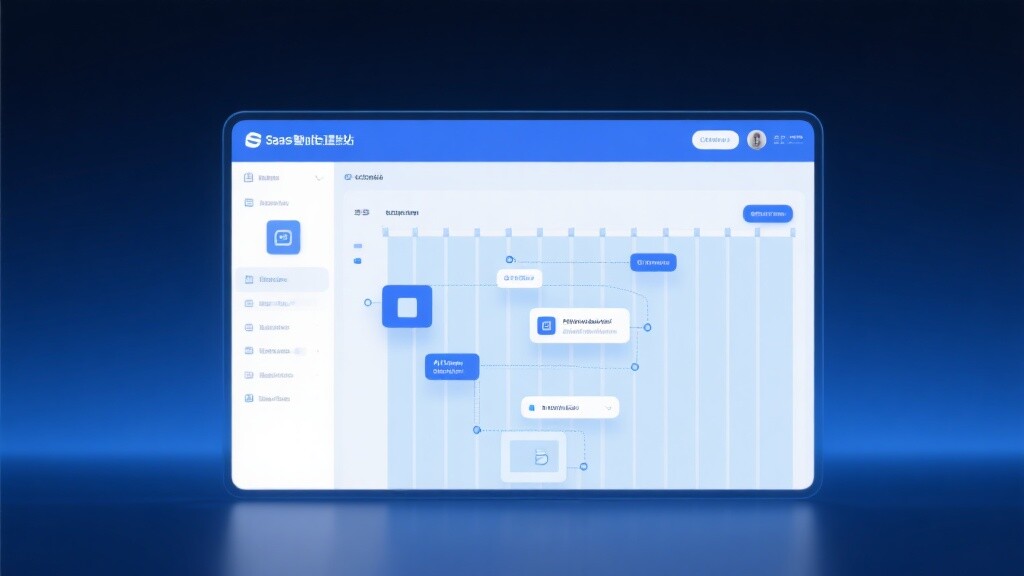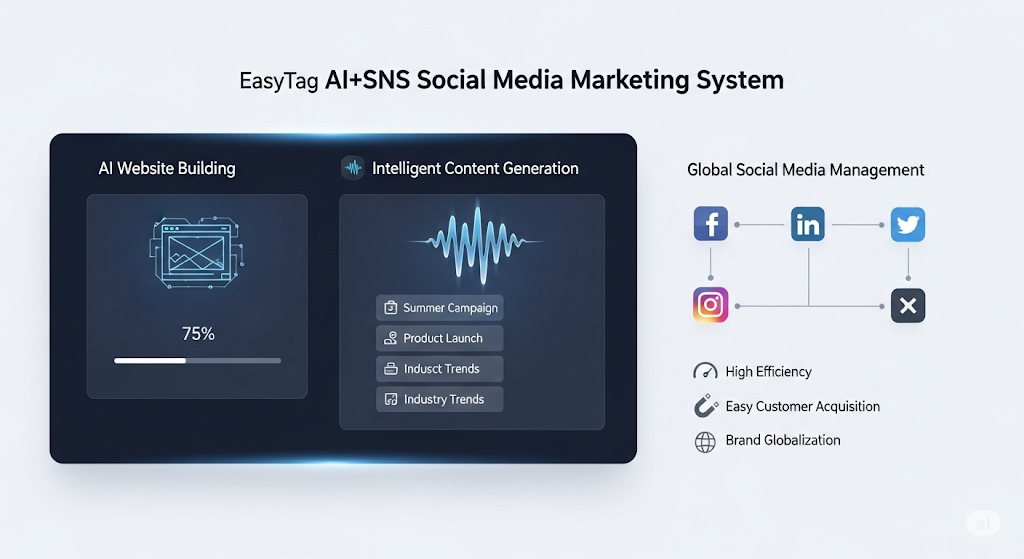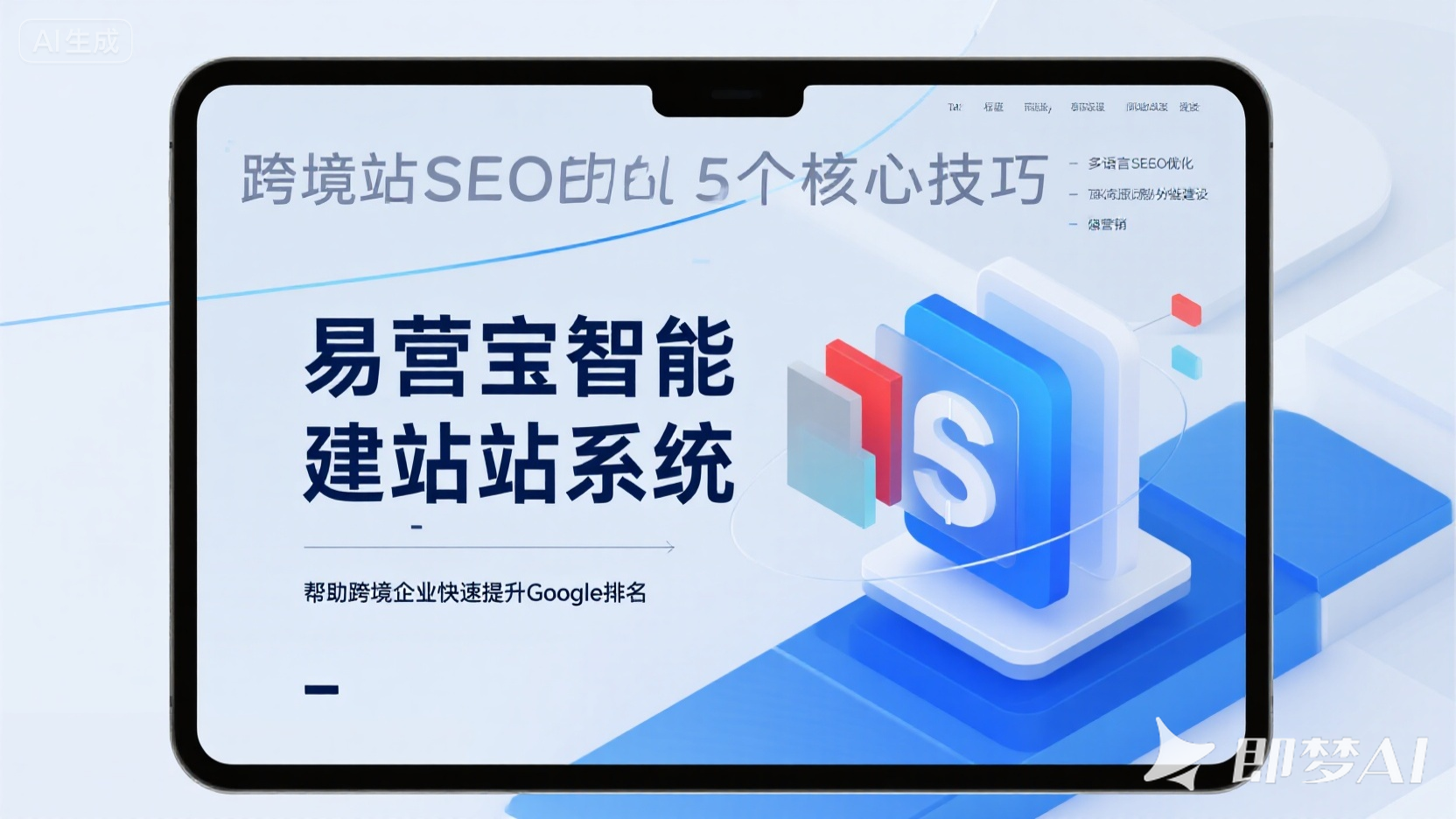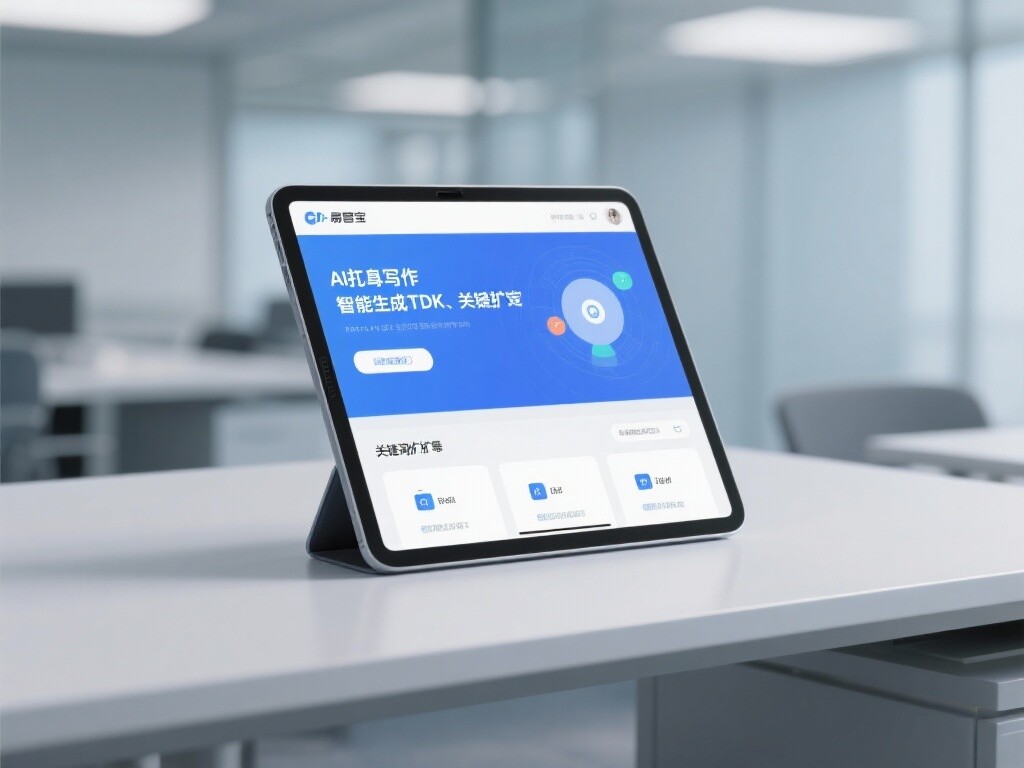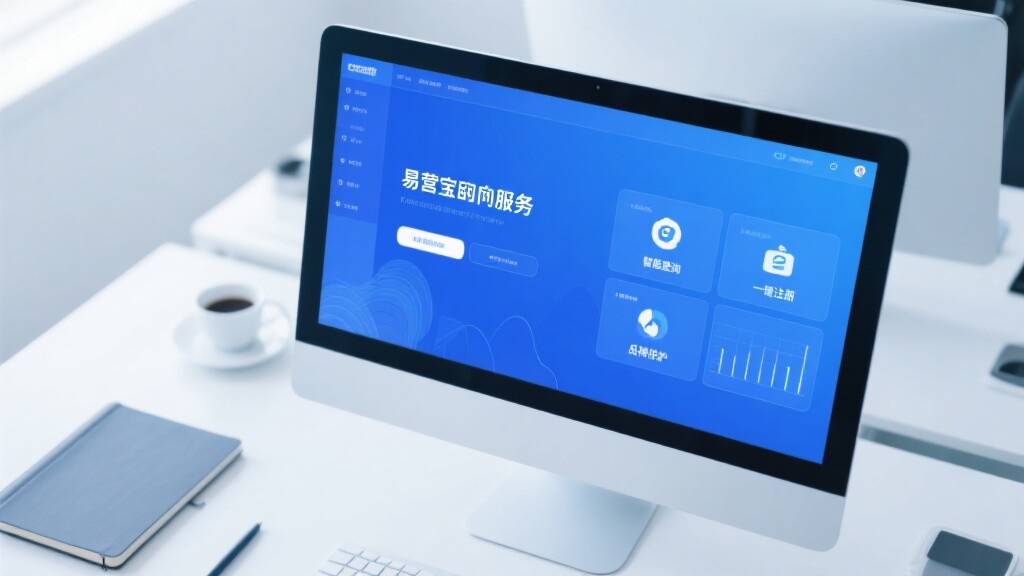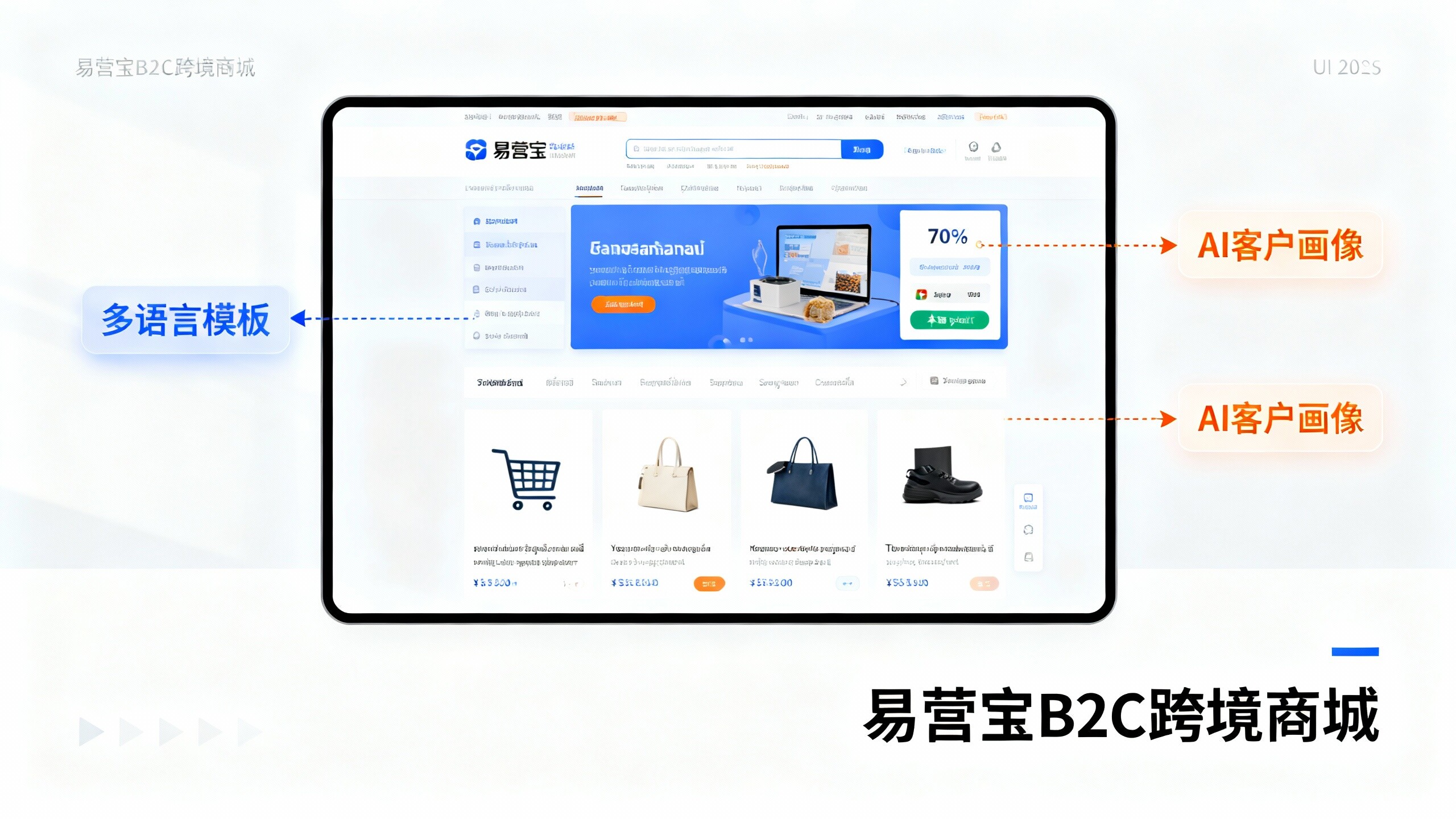Easy Camp Cloud Intelligent Website Construction and Marketing System Platform!
- After the launch of the multilingual foreign trade website system, overseas inquiries doubled? Real data speaks for itself2025-11-28View Details
- New Trends in Cross-Border E-commerce Website Development: AI+Geolocation Targeting to Precisely Reach Overseas Customers2025-11-27View Details
- Enterprise Multilingual CMS vs. Regular Website Builders: Where Does the Gap Lie?2025-11-28View Details
- SaaS建站系统对比:为什么90%出海企业选全球建站SaaS平台?2025-11-27View Details
- Is a responsive self-service website system really suitable for foreign trade enterprises? Feedback from real users2025-11-27View Details
- Where are Yiyingbao Trustpilot reviews user complaints concentrated? Real cases and solutions2025-11-28View Details
- IDC SaaS Platform User Satisfaction Report Highlights: 5 Key Metrics to Evaluate Your SaaS Website System Compliance2025-11-27View Details
- Smart Website Market Report: Market Size, Growth Drivers, and Top 3 Opportunities in the Next 3 Years2025-11-28View Details
The "Short-term shockwaves" of U.S. tariff increases on Chinese companies
Hey folks, today letu2019s talk about the impact of U.S. tariff hikes on Chinese companies.
First and foremost, the most direct impact is the surge in export costs.
After the U.S. imposed tariffs, the price advantage of Chinese goods in the U.S. market disappeared overnight. Companies either have to absorb the costs or raise pricesu2014but higher prices risk losing customers. For industries with low added value like home appliances and furniture, where profit margins are already thin, tariffs deliver a u201cknee-cappingu201d blow to profitability, even pushing some companies into operating at a loss.
Secondly, market share is being u201ceaten away.u201d
To save costs, U.S. buyers are turning to alternative suppliers in Vietnam, India, and elsewhere, leading to a noticeable decline in orders for Chinese companies. Labor-intensive industries like apparel and toys are hit particularly hard. Many small and medium-sized enterprises (SMEs) are struggling to survive, with some forced to shut down or shift to emerging markets. However, demand in these new markets falls far short of the U.S., making it difficult to compensate for losses in the short term.
Next, letu2019s discuss the u201cmajor adjustmentsu201d in supply chains.
To bypass tariff barriers, Chinese companies are setting up factories in Mexico, Southeast Asia, and elsewhere, relocating assembly processes abroad while keeping high-value-added segments like R&D and design domestically. Although this u201ctwo-ends abroadu201d model reduces costs, it also increases management challenges and risks.
Moreover, business risks are rising.
Tariff policies cause fluctuations in the RMB exchange rate, increasing forex risks; export bottlenecks tighten cash flow and raise financing costs. Even more troubling, Sino-U.S. trade tensions may escalate further, leaving companies to navigate an increasingly complex international trade environment.
In the next article, weu2019ll discuss how Chinese companies can break through this u201ctariff storm.u201d Remember to follow us!
If you have any questions aboutforeign trade website development or operations, feel free to contactEasyGrowth technical support on WeChat: Ieyingbao18661939702. Our team will be happy to assist!
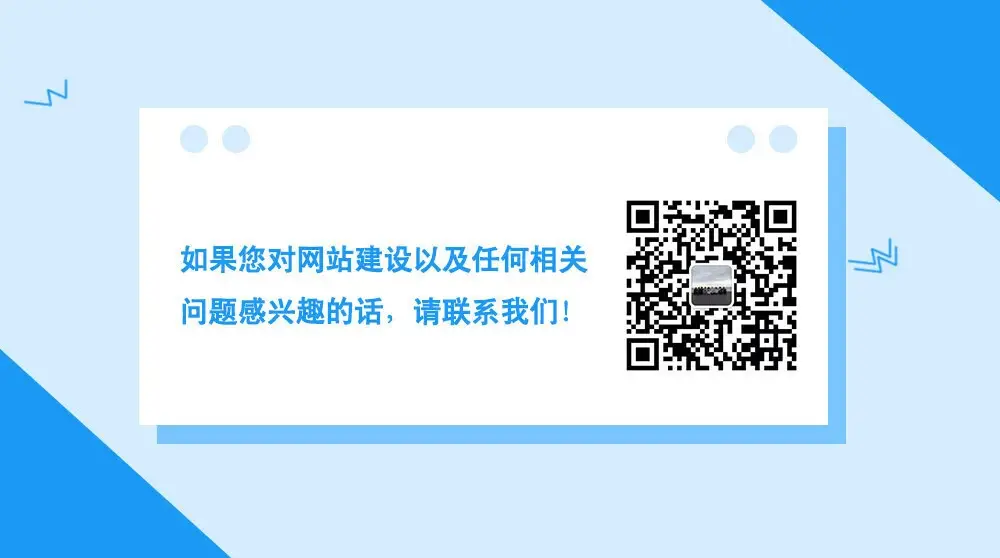
Image source: Internet. For copyright issues, please contact 400-655-2477.
Related articles
Related products




